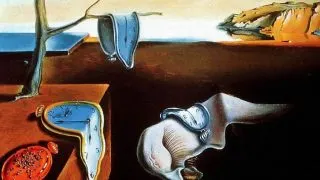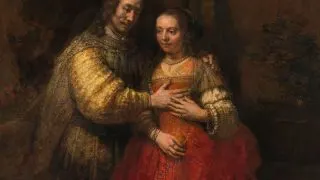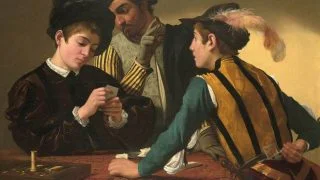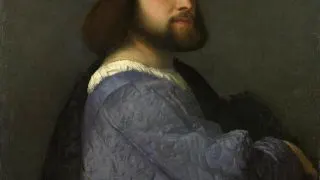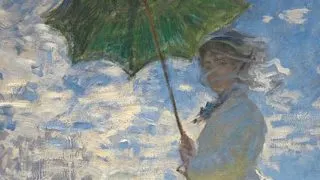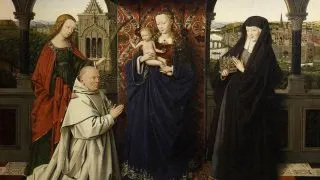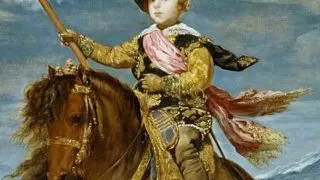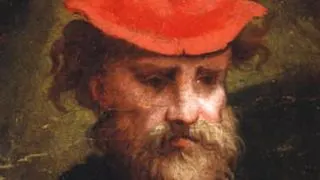Surrealism is an art movement that emerged in the aftermath of World War I and which continued to flourish well into the 1950s. Surrealist artists developed a technique that allowed the unconscious mind to produce the painting. This resulted in paintings with an illogical subject matter. André Breton (1896-1966), a French writer and poet, wrote …
Paintings
Many of the paintings of Rembrandt, one of the greatest Dutch artists in history, feature a clear subject matter. One of the paintings that Rembrandt van Rijn (1606-1669) produced during the final years of his life might not exactly depict what the title of the work describes. In this article, we’ll take a closer look …
Although the life story of Michelangelo Merisi da Caravaggio (1571-1610), better known as simply “Caravaggio,” reads like a thriller, the talent of this Baroque master was undeniable. He had to flee from both Milan and Rome and painted numerous incredible masterpieces in between his rowdy escapades. Let’s take a closer look at some of the …
Most of the images we see from Tiziano Vecelli (1488-1576), a Renaissance artist better known by his nickname Titian, are those of an old man. That’s mainly because he lived a very long life and many of his most famous paintings were produced when he had reached a respectable age. His talent, however, was already …
Claude Monet (1840-1926) was the founding father of Impressionism. He developed the technique of painting what he perceived, often including a sense of motion using visible brushstrokes. His painting “Impression, Soleil Levant” or “Impression, Sunrise,” coined the term for this important art movement of the 19th century. One of the most distinctive Impressionist paintings ever …
When Jan van Eyck (1390-1441) became the court painter of Philip the Good, Duke of Burgundy, in Bruges, the Renaissance artist was given a lot of freedom. Many wealthy patrons wanted to commission works from the Early Netherlandish Master, mainly because his revolutionary use of oils resulted in incredible masterpieces. Let’s take a closer look …
When Diego Velázquez (1599-1660) moved to Madrid in the early 1620s, The Spanish artist had only one goal in mind. That was to become the court painter of the King of Spain. He succeeded in this goal due to the immense talent he possessed. The master of the Baroque era was able to paint various …
A little man from Parma was born Girolamo Francesco Maria Mazzola (1503-1540) but is better known by his nickname Parmigianino. This Mannerist artist is one of the first artists whose career completely fell within this 16th-century art movement also known as the Late Renaissance. The Mannerist paintings he produced are defined by an exaggeration of …
If you take a closer look at the oeuvre of Johannes Vermeer (1632-1675), you’ll notice that many of his paintings depict a similar scene. Several people make returning appearances and the renowned Dutch artist also included the same objects in multiple works. Let’s take a closer look at some of the most interesting facts about …
We can’t accuse Leonardo da Vinci (1452-1519) of being the most prolific artist in history. The quality of his paintings and drawings, however, was second to none. He left many works unfinished, the result of his chronic procrastination caused by his incredibly active mind. The Renaissance artist did, however, complete an intriguing painting in his …

